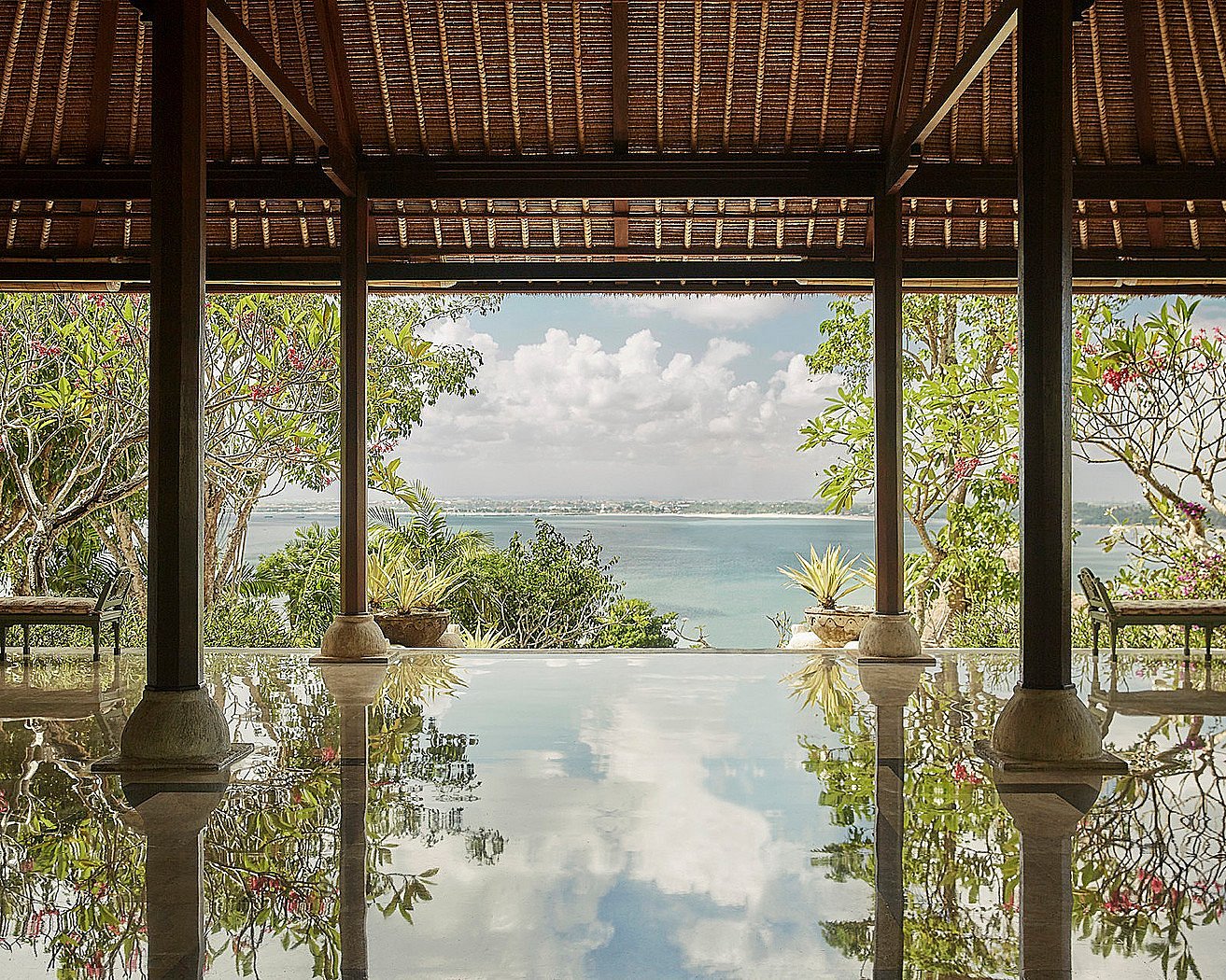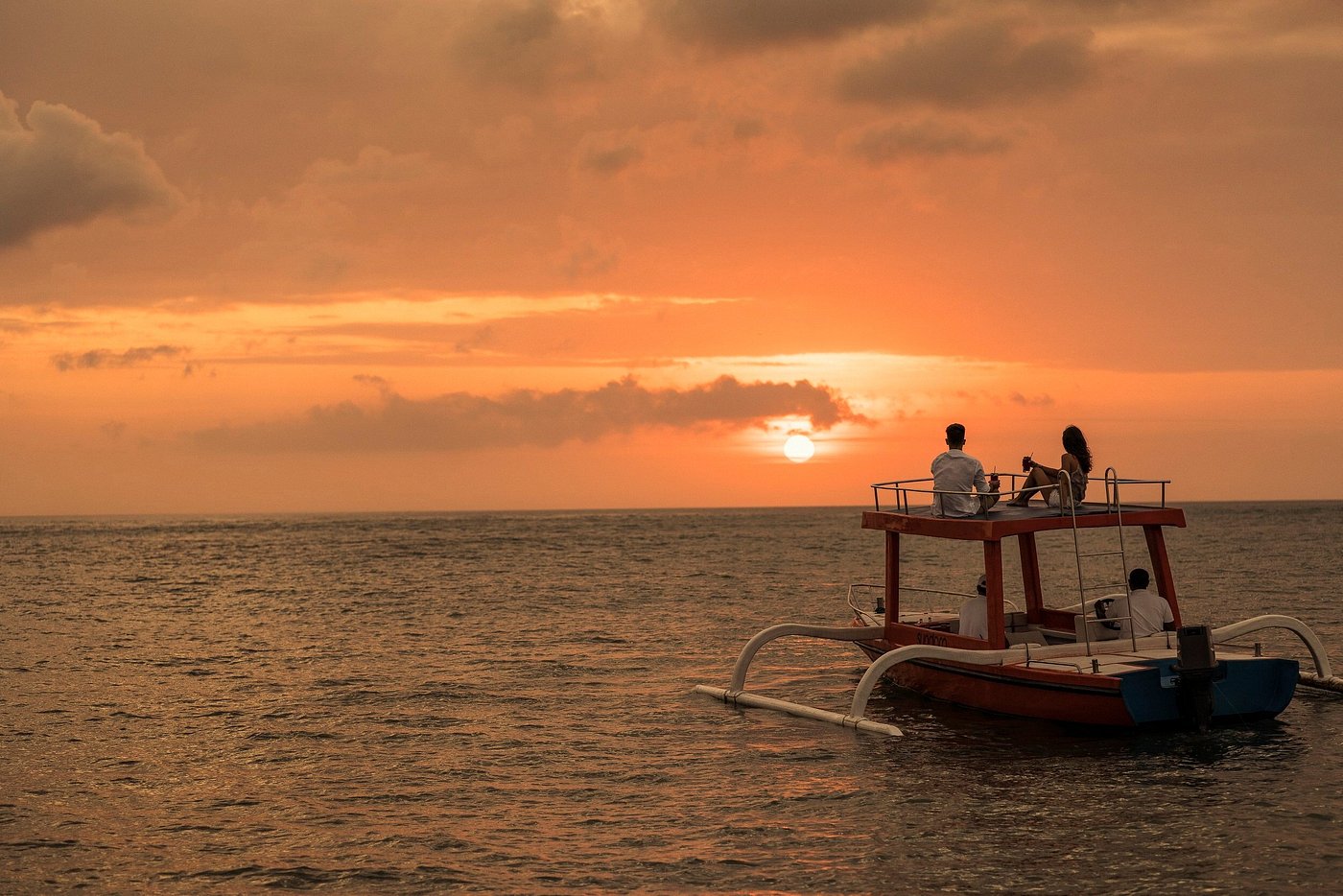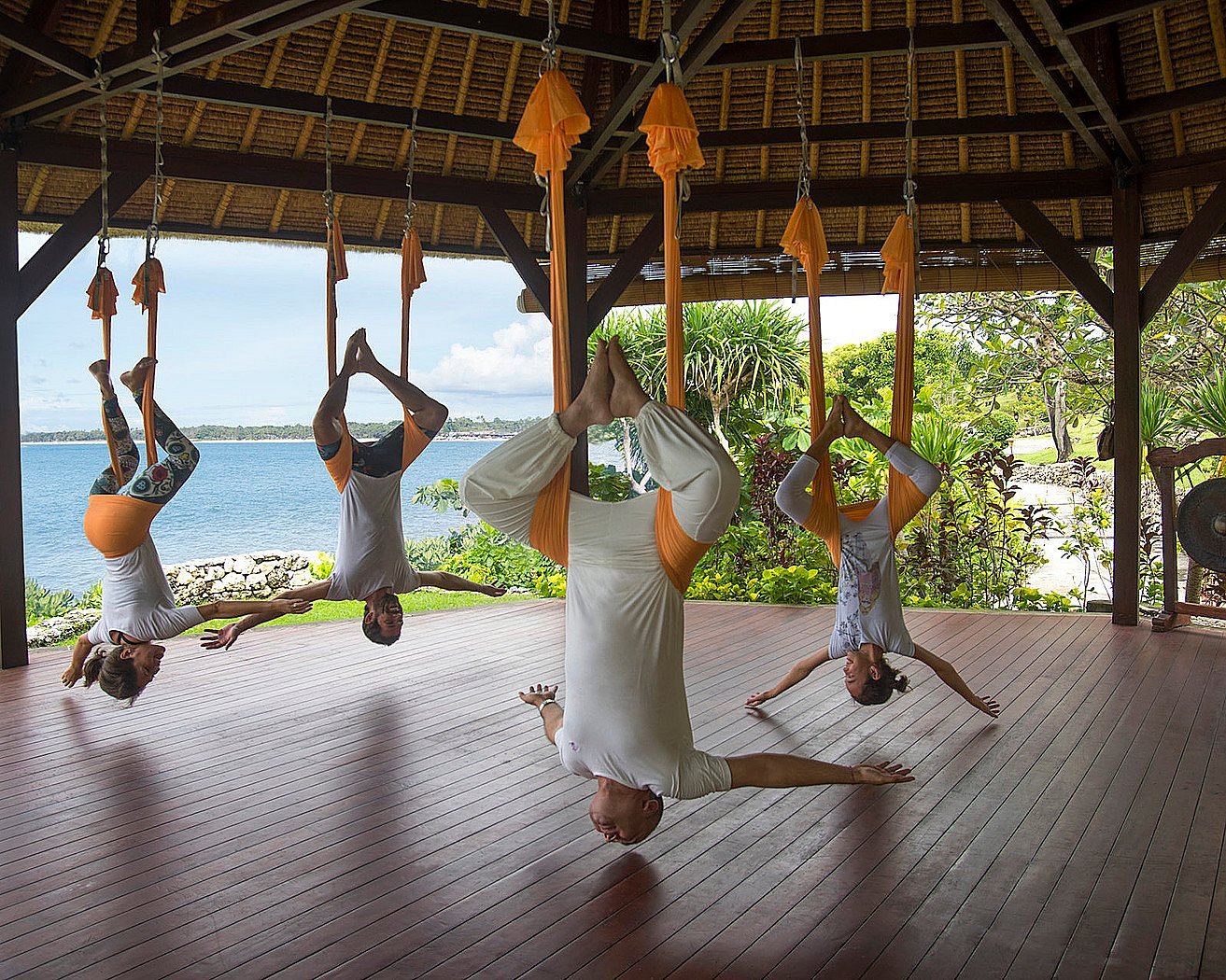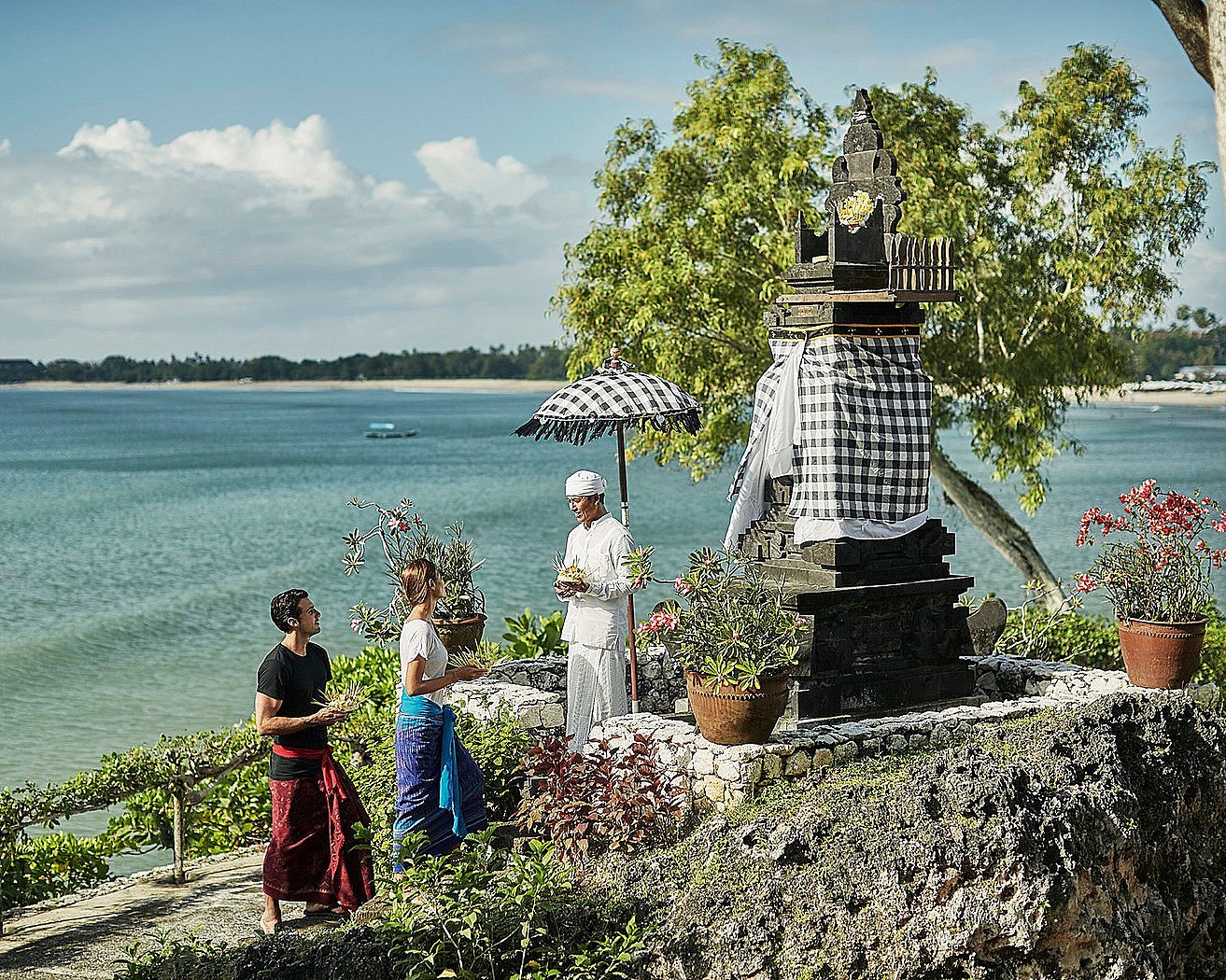Bali Barat National Park: A Haven for Wildlife and Marine Life
Stretching across 50,000 hectares of pristine terrain and an additional 7,000 hectares of protected coastal waters, Bali Barat National Park is one of Indonesia’s most biodiverse sanctuaries. The park shelters over 200 species of plants and an array of rare wildlife, from black monkeys and leaf monkeys to macaques and nimble mouse deer. Along the trails and mangroves, you may even glimpse a monitor lizard basking in the sun. Off the coast, vibrant coral reefs add to the park’s ecological richness, making it a destination for both nature walks and snorkeling adventures.
Speak to someone who's been there

Bali & Indonesia ⟩ Sumba
Bali & Indonesia ⟩ Sumatra
Bali & Indonesia ⟩ Sulawesi
Bali & Indonesia ⟩ Flores Island
Bali & Indonesia ⟩ Kalimantan
Bali & Indonesia ⟩ Komodo Island
Bali & Indonesia ⟩ Lombok
Bali & Indonesia ⟩ Java
Bali & Indonesia ⟩ Bukit Lawang
Bali & Indonesia ⟩ Borobudur
Bali & Indonesia ⟩ Bandung
Bali & Indonesia ⟩ Bali
Our guides passionately explore Vietnam, seeking unique experiences, hidden gems, and gathering updated intel on top guides, hotels, restaurants, and best transport.












